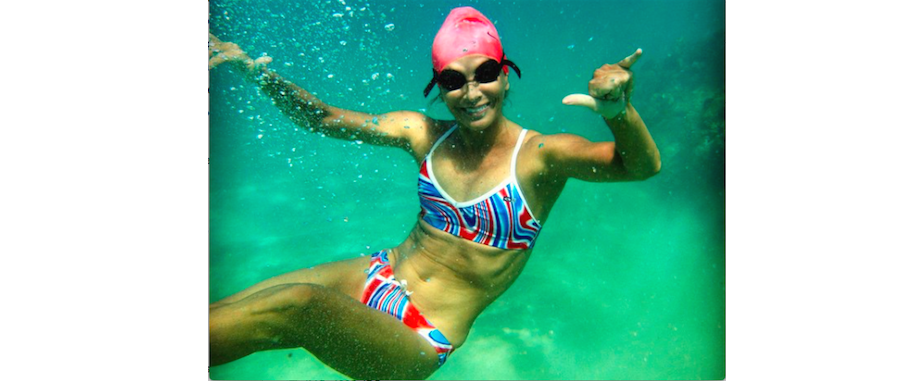


Within a matter of months she was in a seventeen-foot Boston Whaler, being hoisted up a cliff face onto the barren surface of Southeast Farallon Island – part of the group known to nineteenth-century sailors as the “Devil’s Teeth.” There she joined two biologists who study the sharks, bunking down in the island’s one habitable building, a haunted, 120-year-old house spackled with lichen and gull guano. Casey knew she had to see them for herself. That so many of these magnificent and elusive animals lived in the 415 area code, crisscrossing each other under the surface like jets stacked in a holding pattern, seemed stunningly improbable – and irresistible. These great whites were the alphas among alphas, the narrator said, some of them topping eighteen feet in length, and each fall they congregated here off the northern California coast. Journalist Susan Casey was in her living room when she first glimpsed this strange place and its residents sharks, their dark fins swirling around a tiny boat in a documentary. Venture thirty miles due west, however, and you will find yourself on what is virtually another planet: a spooky cluster of rocky islands called the Farallones, battered by foul weather, thronged with two hundred thousand seabirds, and surrounded by the largest great white sharks in the world. “I felt seduced by the animals I hadn’t seen yet.”īook Jacket Synopsis: “Travel thirty miles north, south, or east of San Francisco city hall and you’ll be engulfed in a landscape of thick traffic, fast enterprise, and six-dollar cappuccinos.


 0 kommentar(er)
0 kommentar(er)
